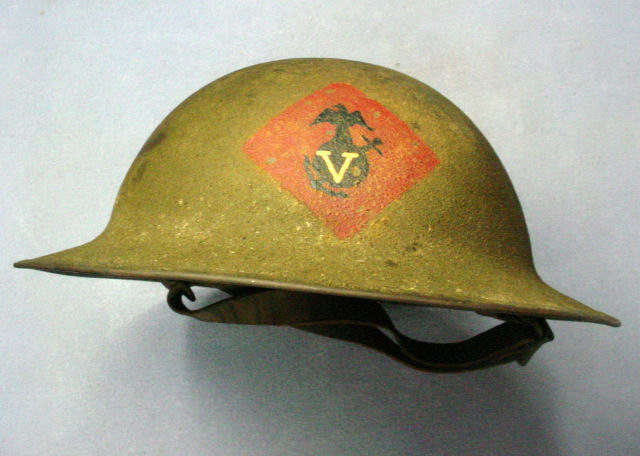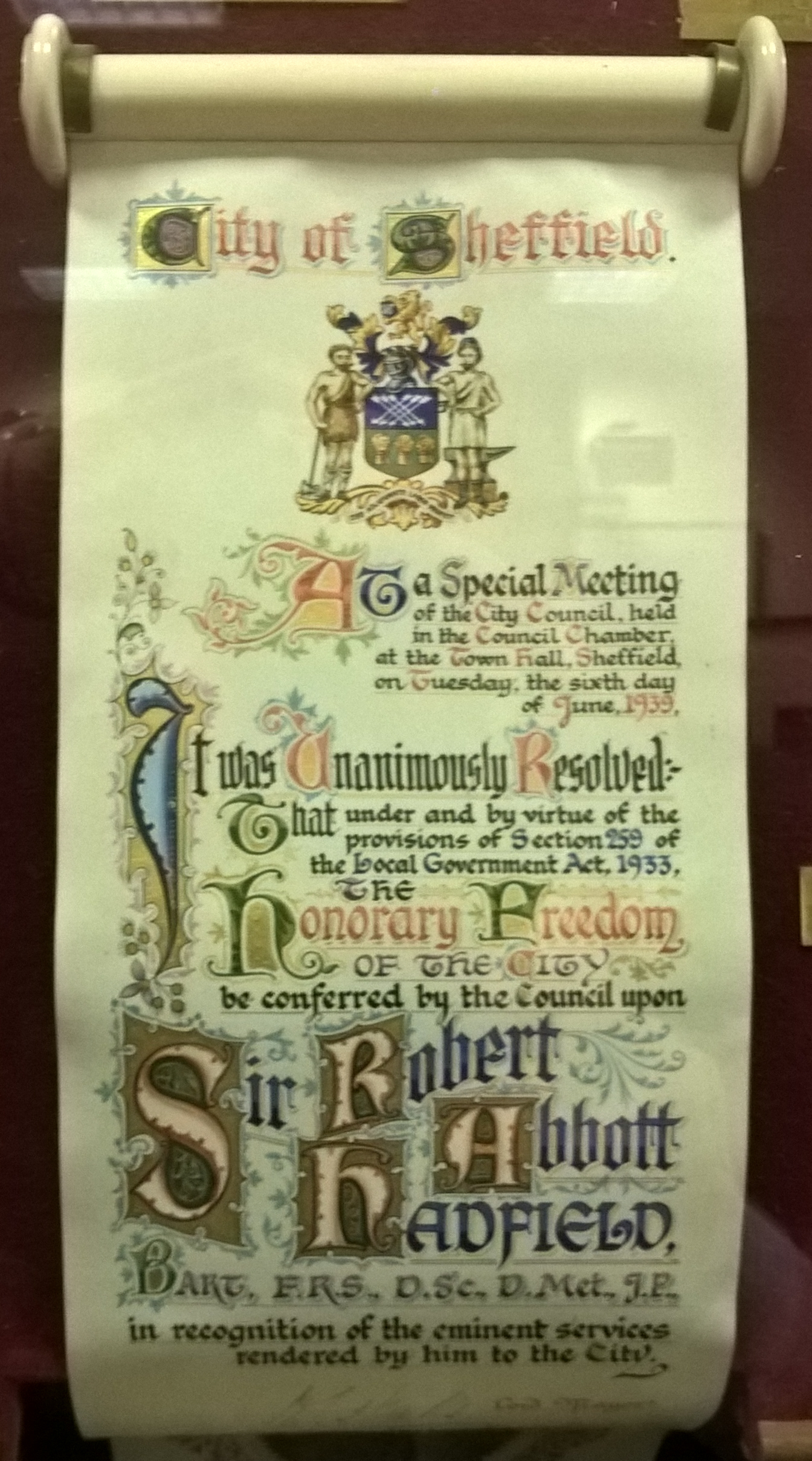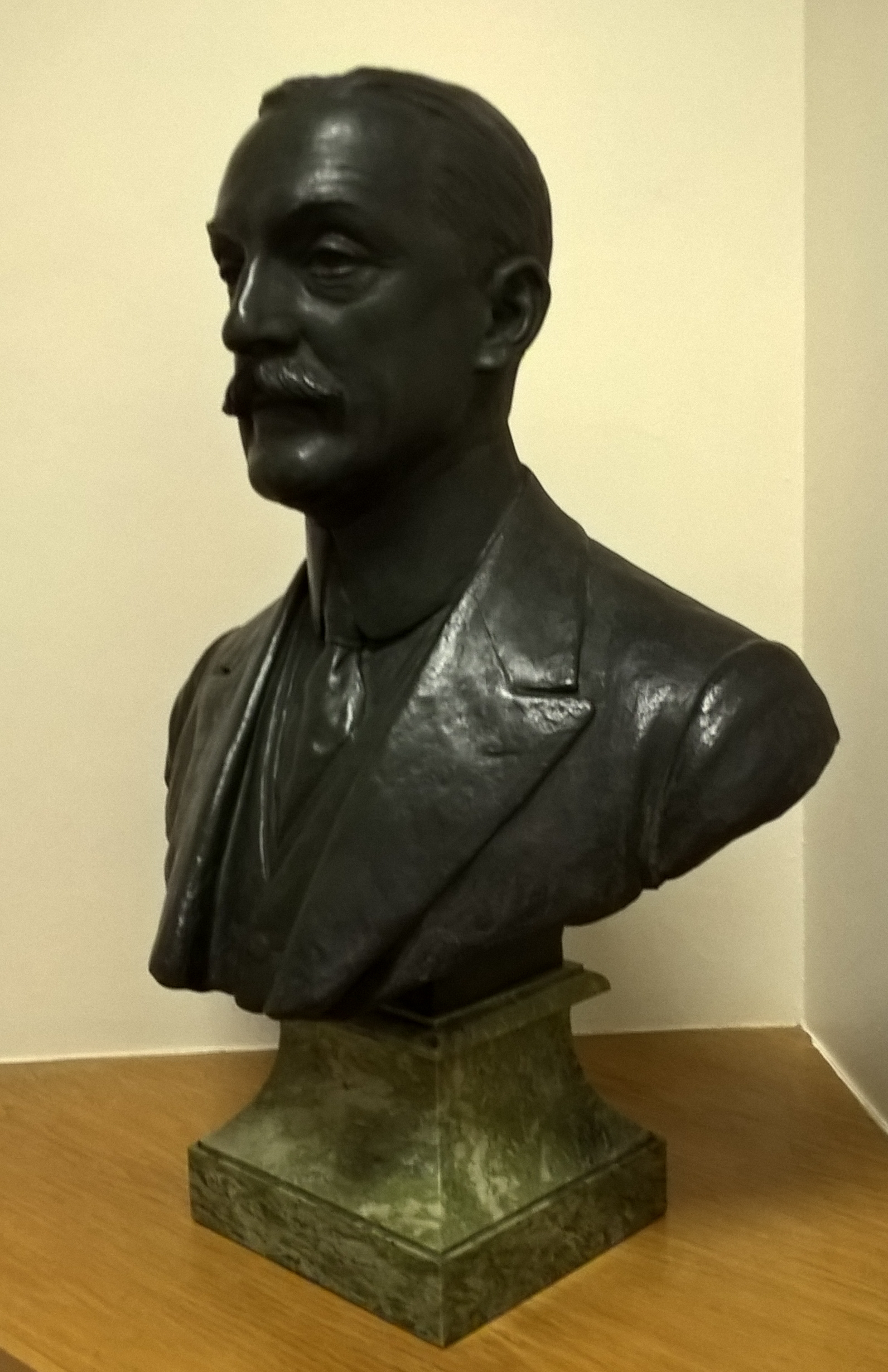1. Overview
Sir Robert Abbott Hadfield, born on November 28, 1858, in Sheffield, England, was a pioneering metallurgist renowned for his groundbreaking discoveries in steel alloys. His most significant contributions include the 1882 discovery of manganese steel, one of the first and most influential steel alloys, and the invention of silicon steel in 1886. Hadfield's innovations profoundly impacted various industries, from manufacturing durable goods and weaponry to advancing electrical engineering through materials with specific magnetic properties. Beyond his scientific achievements, Hadfield was a progressive industrialist who notably implemented the eight-hour workday at his company, reflecting a commitment to social welfare alongside technological progress. His extensive research, academic leadership, and numerous honors cemented his legacy as a pivotal figure in 20th-century material science.
2. Life
Sir Robert Hadfield's life was marked by an early immersion in the steel industry, a rapid rise to leadership, and a lifelong dedication to metallurgical research and progressive industrial practices.
2.1. Early Life and Education
Robert Abbott Hadfield was born on November 28, 1858, in Attercliffe, a village then near Sheffield. His father, also named Robert Hadfield, owned Hadfield's Steel Foundry in Sheffield. In 1872, the elder Hadfield became the first manufacturer of steel castings in Britain, developing his own technology rather than using patented methods from France. This laid the foundation for what would become a leading armament firm. The younger Robert chose not to attend Oxford or Cambridge, instead beginning his apprenticeship in 1875. He quickly proved successful, and by the age of 24, he assumed management of the family business due to his father's declining health.
2.2. Business Career
In 1888, upon his father's death, the younger Hadfield formally took over the business. He transformed the firm into a limited company and became its chairman and managing director at the age of 30. Hadfield was known for his progressive approach to industrial management. In 1891, he notably adopted the eight-hour workday at his company, a significant step towards improving working conditions for his employees. He also introduced the thermoelectric pyrometer, an instrument developed by the Frenchman Henry Louis Le Chatelier, to his operations, demonstrating his commitment to adopting advanced technologies in manufacturing.
3. Scientific Contributions and Research
Hadfield's scientific contributions were extensive and transformative, particularly in the field of metallurgy, where his systematic research on iron alloys led to the discovery of new materials with unprecedented properties.
3.1. Discovery of Manganese Steel
Hadfield's most celebrated discovery was manganese steel, made in 1882. He secured two British patents for this material in 1883, which were precursors to US patents 303150 and 303151. He first exhibited manganese steel to the Institution of Mechanical Engineers in 1884. In February 1888, he presented a paper to the Institution of Civil Engineers detailing his further research, which revealed the special utility of an alloy containing between 12 and 14 percent manganese. This alloy exhibited unique properties: in a tensile test, it drew out uniformly without the typical local elongation or 'necking' seen in most metals, and it was notably non-magnetic. Its surface hardness, measured in Brinell units, increased significantly upon deformation, from 200 to 550 or 580, a hardness approaching that which can scratch glass, according to measurements by Floris Osmond. These properties, especially its hardness and non-magnetic nature, made it highly advantageous in the arms industry, particularly for durable goods and British helmets used in World War I.

3.2. Invention of Silicon Steel
In 1886, Hadfield also invented silicon steel. Initially, its applications were based on its mechanical properties, making the alloy a material of choice for springs and certain fine blades. However, it later became profoundly important in electrical engineering due to its unique magnetic behavior, contributing significantly to the development of electrical machinery and transformers.
3.3. Research on Iron Alloys
Hadfield conducted systematic investigations into iron alloyed with various elements. In 1889, he published with the Iron and Steel Institute the results of his studies on iron alloyed with silicon. This was followed by extensive research into iron with aluminum (1890), chromium (1892), nickel (1899), and tungsten (1903). These comprehensive studies greatly advanced the understanding of alloy properties and their potential applications. In 1899, a paper of seminal importance to magnetism, covering a hundred alloys of iron, was published in the Royal Dublin Society by Barrett, Brown, and Hadfield.
3.4. Low-Temperature Research
Hadfield engaged in significant collaborative research on the effects of extremely low temperatures on the properties of metals. He collaborated with James Dewar and later with Heike Kamerlingh Onnes at the University of Leyden Cryogenic Laboratory after Onnes's appointment there in 905. Their joint work led to the discovery that metals with a face-centred cubic lattice structure actually became more ductile at extremely low temperatures, while those with a body-centred cubic lattice became brittle. This research provided fundamental insights into material behavior under extreme conditions.
3.5. Academic Activities and Publications
Beyond his industrial and research roles, Hadfield was deeply involved in the academic and scientific community. He served as president of the Faraday Society from 1913 until 1920, organizing a seminar on microscopy and photo-micrography as a farewell gesture. He authored over 200 papers on metallurgical research throughout his career. His significant publications include:
- Metallurgy and its Influence on Modern Progress (1925)
- Faraday and his metallurgical researches (1931)
- Empire development and proposals for the establishment of an Empire Development Board (1935)
In 1936, Hadfield presented a paper to the Institution of Civil Engineers detailing the corrosive effect of sea-water on 980 different metals, showcasing his continued dedication to practical metallurgical challenges.
4. Honours and Awards
Sir Robert Hadfield received numerous honours, titles, medals, and academic recognitions throughout his distinguished career, reflecting the profound impact of his work on science, industry, and society.
4.1. Titles and Memberships
Hadfield's professional recognitions began early in his career. In 1899, he was made Master Cutler, a prestigious civic and industrial role in Sheffield. He was knighted on July 21, 1908, and further elevated to a baronet, of Sheffield in the West Riding of Yorkshire, on June 26, 1917. In the same year, he was granted the Freedom of the City of London. He was elected as a Fellow of the Royal Society in 1909, a member of the Royal Swedish Academy of Sciences in 1912, and an honorary member of the Academy of Sciences of the USSR in 1933. He was also a corresponding member of the Académie Française. In 1939, he was awarded the Freedom of the City of Sheffield. Hadfield was also an active Freemason and a member of the Ivanhoe Lodge, which met at Tapton Hall in Sheffield.

4.2. Major Medals and Prizes
Hadfield received several highly prestigious medals and prizes for his metallurgical contributions:
- The Telford Medal by the Institution of Civil Engineers in 1888.
- The John Scott Medal of The Franklin Institute in 1891.
- The Bessemer Gold Medal in 1904.
- The John Fritz Medal in 1921, for his contributions to metallurgy.
- The Albert Medal (RSA) in 1935, also for his contributions to metallurgy.
4.3. Other Recognitions
In addition to his formal titles and major awards, Hadfield was recognized with honorary degrees from several prominent universities, including the University of Oxford, the University of Sheffield, and the University of Leeds. His scientific eminence was further acknowledged through a nomination for the Nobel Prize in Physics in 1912.
5. Personal Life and Family
In 1894, Robert Hadfield married Frances Belt Wickersham, a woman from Philadelphia. Frances Hadfield was herself a notable figure, earning a CBE (Commander of the Order of the British Empire) in 1918 for her significant contributions during World War I. She founded a hospital at Wimereux, France, to aid the war effort. At the outset of the Second World War, she continued her humanitarian work by founding the Hadfield-Spears Ambulance Unit, also in France. Between 1898 and 1939, Sir Robert and Lady Hadfield resided at Parkhead House in Whirlow, Sheffield. In the 1930s, Hadfield employed record-breaking motorcyclist Florence Blenkiron as a secretary and office manager.
6. Death
Sir Robert Abbott Hadfield died on September 30, 1940, in Surrey, England, leaving behind a legacy of over 200 published papers on metallurgical research.
7. Legacy and Commemoration
Sir Robert Hadfield's work left an indelible mark on industry, science, and society, fundamentally changing the understanding and application of materials. His contributions are remembered through various institutions and commemorations.
7.1. Impact on Society and Industry
Hadfield's metallurgical innovations, particularly manganese steel and silicon steel, revolutionized material science and had profound industrial and societal consequences. Manganese steel's exceptional toughness and wear resistance made it indispensable for applications requiring high durability, from railway tracks and mining equipment to military armor and helmets, directly impacting safety and efficiency in these sectors. Silicon steel, initially valued for its mechanical properties, later became crucial for electrical applications, underpinning advancements in power generation and transmission. Beyond his scientific breakthroughs, Hadfield's progressive industrial practices, such as the adoption of the eight-hour workday, demonstrated a commitment to improving the welfare of his employees, setting a precedent for more humane working conditions within the industrial landscape. His systematic approach to alloying iron with various elements laid the groundwork for future material development and enhanced the scientific understanding of metallic properties.

7.2. Commemoration
Sir Robert Hadfield's legacy is commemorated in Sheffield, the city of his birth and professional life. The Sir Robert Hadfield Building at the University of Sheffield is named in his honor and houses the Departments of Materials Science and Engineering and Chemical and Biological Engineering, continuing his dedication to advancing material science. Additionally, a wing at Sheffield's Northern General Hospital bears his name, acknowledging his broader civic contributions and impact on the community.